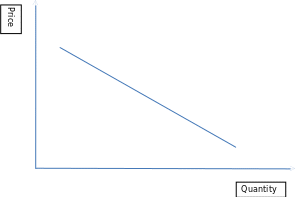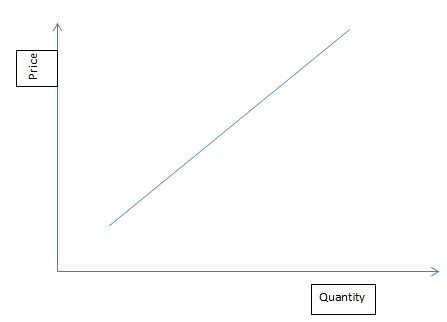Description of the industry
The tourism industry is one of the industries in the market. The industry is made of of key players such as hotels, and tourist attraction sites. The demand in the industry has increased because people need to travel and visit fascinating sites. Countries with attractive sites have experienced high growth in tourism.
The industry has high returns, and countries with good attraction sites gain a lot of foreign exchange from the industry. The industry experiences seasonal demand because the tourists visit during holidays. A few tourists visit during normal periods. Countries with attractive sites experience a large inflow of tourists during the holiday seasons (Das, 61).
The critical outputs (Q)
The outputs of the tourism industry include foreign exchange earnings that are paid by the tourists. In addition, the output includes the improved image of the countries which have attractive sites.
The critical inputs necessary to produce the output
The critical inputs include hotels, fascinating sites and and attractive cultural artifacts.
Identify technological processes involved
The tourism industry requires the use of online promotions to advertise tourist attraction sites. The use of e-marketing has been applied to attract tourists from the global market.
The appropriate market structure
The industry has a perfect competitive market structure. This is because there are few barriers of entry and exit, and homogenous products. The forces of demand and supply determine the market prices in the industry. This shows that the market equilibrium is determined by the forces of supply and demand (Ferrell, and Hartline, 238).
The shape of the demand curve

Source: Author
The critical factors influencing demand
The critical factors that influence demand in the market are security, attractive sites and the global image of the sites. In addition, security is an important factor that affects the demand of tourist attraction sites. Tourists fear places where there is a high crime rate or countries experiencing terrorism activities. The global image of a country with tourist attraction sites also determines the demand. There are countries which are famous for offering the best services, and they are preferred by most clients.
The shape of the supply curve

Source: Author
Firms in the industry set prices
The firms in the industry set their own prices. The prices are determined by the popularity of a certain tourist destination. The firms set prices depending on the level of demand.
There are no restrictions on setting prices in the industry. Customers in the industry are willing to pay a premium price for the firms offering the best quality services. The industry experiences seasonal demand, and prices are higher during the peak season. However, during the low season, the prices are lower.
Economic profits
Economic profits are made in the industry because all firms get customers. The firms operate above the production cost, and this indicates that economic profits are made.
Significant events that have recently impacted the market equilibrium, and their effect
International terrorism has affected the market equilibrium recently. Countries affected by terrorism activities experience a declining number of customers. The terrorists cause fear, and the demand decline.
The industry is very volatile because the demand depends on the willingness of people to visit tourist sites. If the people are not willing to visit the destinations, the demand declines. Terrorist attacks have affected many countries, and this has caused a tremendous decline in the number of tourists visiting countries experiencing such attacks.
Works Cited
Das, Gupta D. Tourism Marketing. Delhi: Pearson, 2011. Print.
Ferrell, O C, and Michael D. Hartline. Marketing Strategy. Australia: South-Western Cengage Learning, 2011. Print.